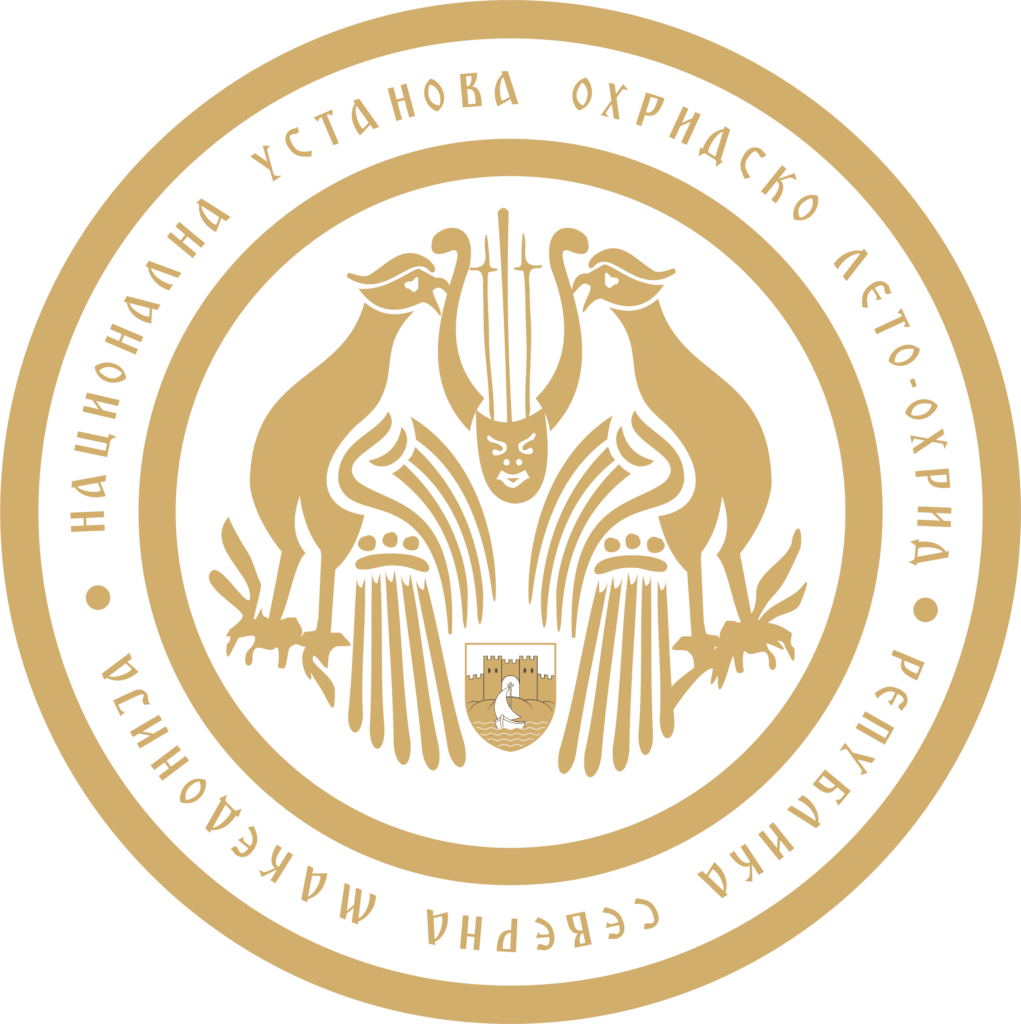The “Ohrid Summer” festival and the Austrian Embassy in the country are organizing an exhibition today titled “Calliope – Women in Society, Culture, and Science.” The exhibition will be opened in the small exhibition hall of the “Grigor Prlichev” Cultural Center in Ohrid, starting at 7:30 PM.
The Austrian Federal Ministry for European and International Affairs and the Women’s Museum in the Austrian town of Hittisau in the Vorarlberg province promote the work and achievements of women from Austria worldwide. This exhibition is a reminder of how far women have come, but it also reflects on what still needs to be done to ensure equality.
Women from Austria have often been forgotten, neglected, or marginalized in the official history of their country. This circumstance heightens the significance of the exhibition, which is an expression of the commitment to depict the last 200 years in the light of the biographies of significant Austrian women, women who, with their talent, willpower, courage, and fighting spirit, have left their mark on their country and enriched it. With full awareness of the gaps, which are partially scandalous, this exhibition exemplarily pays tribute to their lives and works, which constitute at least half of Austria’s spiritual identity.
The exhibition will chronologically recapitulate the life stories of aristocrats, artists, salon hosts, scientists, women’s rights activists, politicians, actresses, musicians, directors, and other women. The time span extends from the early 19th century to the present day. The red thread is the emancipation of women, with all its victories and defeats.
Throughout history, women have been involved in artistic creation across various cultures, although their works were often unrecognized or forgotten. In the history of art, they are represented only as passive muses, with their creativity and skill overshadowed by their male colleagues. However, this passive presence of women as objects in men’s artworks changes when brave women decide to become active artistic participants. With their presence in the art scene and through their works, the world is presented for the first time from a “female” perspective, conveying their personal experiences onto the canvas. This paradigm shift is also visible in the period of the first Macedonian academic artists, where pioneer women played a significant role in shaping the trajectory of contemporary Macedonian visual art. Katja Eftimova, Keraca Nikolova, Lena Stefanova, and Borka Avramova stand as examples of this transformative movement. By crossing existing boundaries in a male-dominated world, they established themselves as pioneers of the contemporary Macedonian art scene.
A group of visionary women used their paintbrushes as instruments of change, overcoming societal barriers and creating space for themselves in the male-dominated art world. Their pioneering presence not only transformed the artistic landscape but also served as an invitation for other women artists to join the movement, enhancing the artistic diversity in contemporary Macedonian art.

